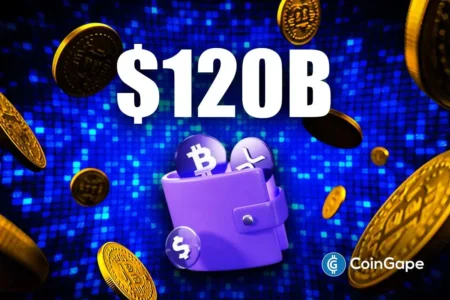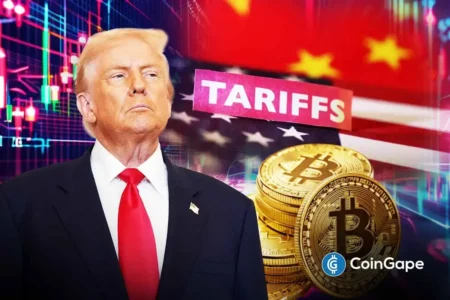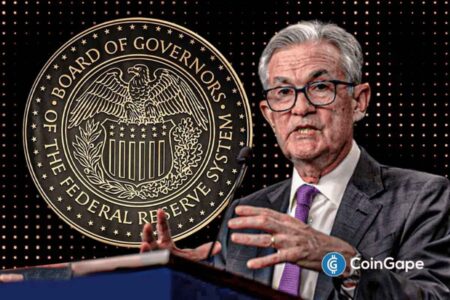Nordea Bank Embraces Bitcoin-Linked Funds: A New Era for European Financial Institutions
Nordea Bank, recognized as one of Europe’s largest financial institutions with assets totaling €648 billion, has made a pivotal move by allowing customers to trade Bitcoin-linked funds on its platforms. This significant shift underscores a reassessment of the cryptocurrency market’s maturity and the increasing clarity of regulations surrounding digital assets. As the landscape for cryptocurrencies evolves, Nordea is taking proactive steps to align with the growing demand for digital investment options.
A Cautious Approach to Cryptocurrencies
Historically, Nordea maintained a cautious stance towards cryptocurrencies, citing limited regulation and inadequate investor protection as primary reasons for its hesitance. The bank’s prior apprehensions reflected broader concerns across the industry, where many institutions shied away from digital assets due to potential risks. However, with the crypto market now signaling maturity and enhanced regulatory frameworks, Nordea has reassessed its position. The bank believes that the current market climate allows for safer and more transparent engagement with crypto assets.
Launch of Bitcoin-Linked ETPs
In a decisive move to capitalize on this market shift, Nordea announced that it will enable the trading of an externally issued exchange-traded product (ETP) that tracks Bitcoin’s price performance. This ETP offers investors a regulated avenue to gain exposure to Bitcoin without directly holding the cryptocurrency, making it an attractive option for both novice and experienced investors alike. However, Nordea has made it clear that it will not provide investment advice on the product, allowing customers to make independent decisions based on their investment goals.
Institutional Interest in Regulated Crypto Products Grows
The increased institutional interest in regulated cryptocurrency products is evident, with significant developments such as ProShares filing for a crypto ETF that tracks Bitcoin and other digital assets. This trend indicates a broader acceptance of cryptocurrencies within traditional finance. Major global banks that previously avoided crypto investments are now revisiting their strategies as customer demand rises and the infrastructure supporting the crypto market matures. Notable changes include JPMorgan’s endorsement of crypto-linked ETFs as collateral for loans and Danske Bank’s entry into an alliance aimed at creating a euro-linked stablecoin by 2026.
A Broader Institutional Shift in Europe
Nordea’s move to allow Bitcoin exposure aligns with a trend among established financial institutions in Europe, which are increasingly introducing regulated crypto frameworks to their customers. The shift indicates that digital assets are beginning to co-exist with traditional financial systems under a suitable regulatory environment. This evolution is mirrored by recent regulatory reforms, including the Basel Committee on Banking Supervision’s considerations for less stringent capital requirements for crypto-related holdings. As supervision improves, more institutions are entering the digital asset space.
Conclusion: Forward Look at the Future of Crypto in Traditional Finance
In summary, Nordea Bank’s decision to offer Bitcoin-linked products represents a significant milestone in the European financial landscape and reflects a growing acceptance of digital assets. The bank’s actions exemplify a broader trend among institutions to embrace cryptocurrencies within regulated frameworks, suggesting that the divide between traditional finance and the cryptosphere is narrowing. As regulatory clarity continues to improve and institutional interest grows, it will be fascinating to observe how this evolving relationship influences the future of investment strategies in Europe and beyond.
As these dynamics unfold, investors and financial institutions alike will need to navigate the complexities of the digital asset landscape with caution, diligence, and an open mind towards the opportunities that lie ahead.
















